logo types
Welcome to the second part of our logo design series. In the first part about logo design we explained what a logo is in general, where it comes from and differences there are. In our second part we will elaborate on this by explaining the different logo types and their characteristics. Enjoy!
Logo types
Big companies and corporations use complete sets of logos. One logo stands for an individual product, a family of products, a whole product range or a specific manufacturer or brand. Cost of development, flexibility requirements and target audiences tend to vary greatly in between these.
1. Corporate logos
The most important logo, ranked above all others, is the one indicating the parent company. It’s called corporate logo. All brand and product logos are bundled under this common designator. Take Nestle as an example, which unifies innumerable brands like Nescafe, Nesquik, Maggie or After Eight.

2. Product line and service logos
Product line or service logos are usually used in connection with a defined target audience, which is addressed with a variation of products and services under this common denominator. The range of products under such a logo is thus limited by the target audience. A brand like “kinder” may offer various products like “Kinder chocolate”, “Kinder surprise” or “Kinder Bueno”. Basically any product connected to milk or chocolate would be possible but no “Kinder car supplies”.

3. Assortment based logos
An assortment based logo develops over time. It starts with a strong brand for one product, which develops into a parent brand for various other products. Take Pritt, inventor of the first glue stick. After the company became famous with the Pritt stick they started other (mostly adhesive) products under the Pritt logo.
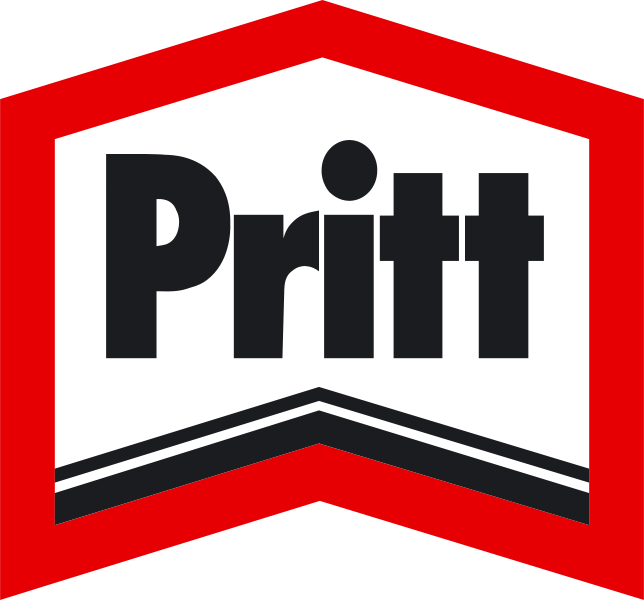
When the products move too far away from the original brand there is the danger of brand dilution. Nothing reminds of the original trademark. The big advantage, however, is reduced cost of introducing new products to consumers who already know and accepted the brand.
4. Manufacturer logo
To more easily gain consumer acceptance using an established manufacturer brand might be a good choice. It serves as an umbrella for a variety of products. In a hierarchy it would stand below the corporate logo. It is very similar to assortment based logos in use but different in the corporate hierarchy. Take Kraft foods, the worlds biggest confectionery, food, and beverage corporation as an example. Their manufacturer brands unify product lines and assortments in various countries or markets. Famous Kraft brands are Cadbury, Milka, Oreo or Philadelphia cream cheese. A variation of manufacturer brands are store brands like Strathwood, Pinzon and Denali for Amazon.
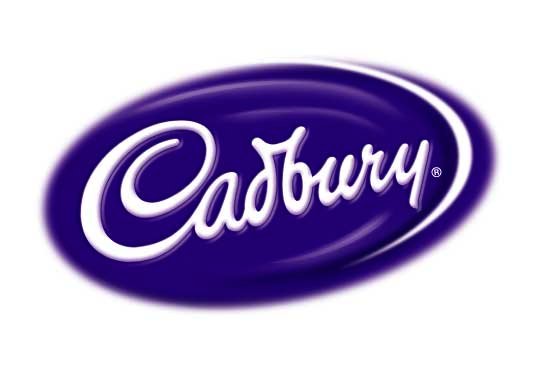
5. Product brand logo
If a product is supposed to be a stand-alone brand it’s called a product brand. Image wise it remains fairly independent from the parent company. Introducing a new product brand is very cost intense as no famous brand serves as foothold to establish it. The energy drink Red Bull is world famous but basically doesn’t say anything about the manufacturer (which is named Red Bull as well but could also be Schmitz Beverage Ltd). He doesn’t matter and isn’t supposed to.

6. Luxury brand logo
Similar to the product brand a luxury brand is usually independent from the producer but can be transferred to other products like a manufacturer brand. It represents high quality standards and lives from artificial scarcity (no flooding the market!).

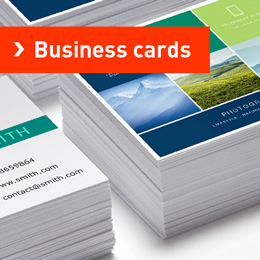
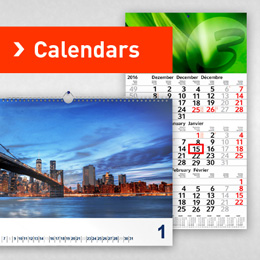
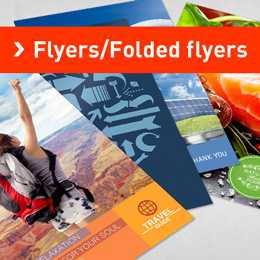
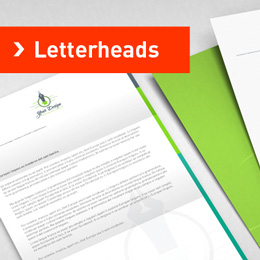
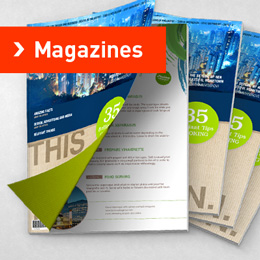
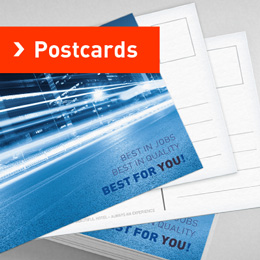
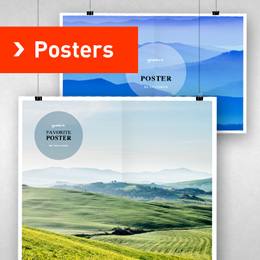
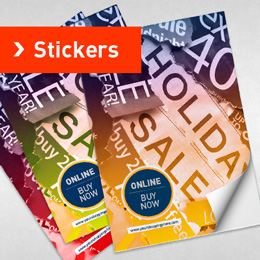
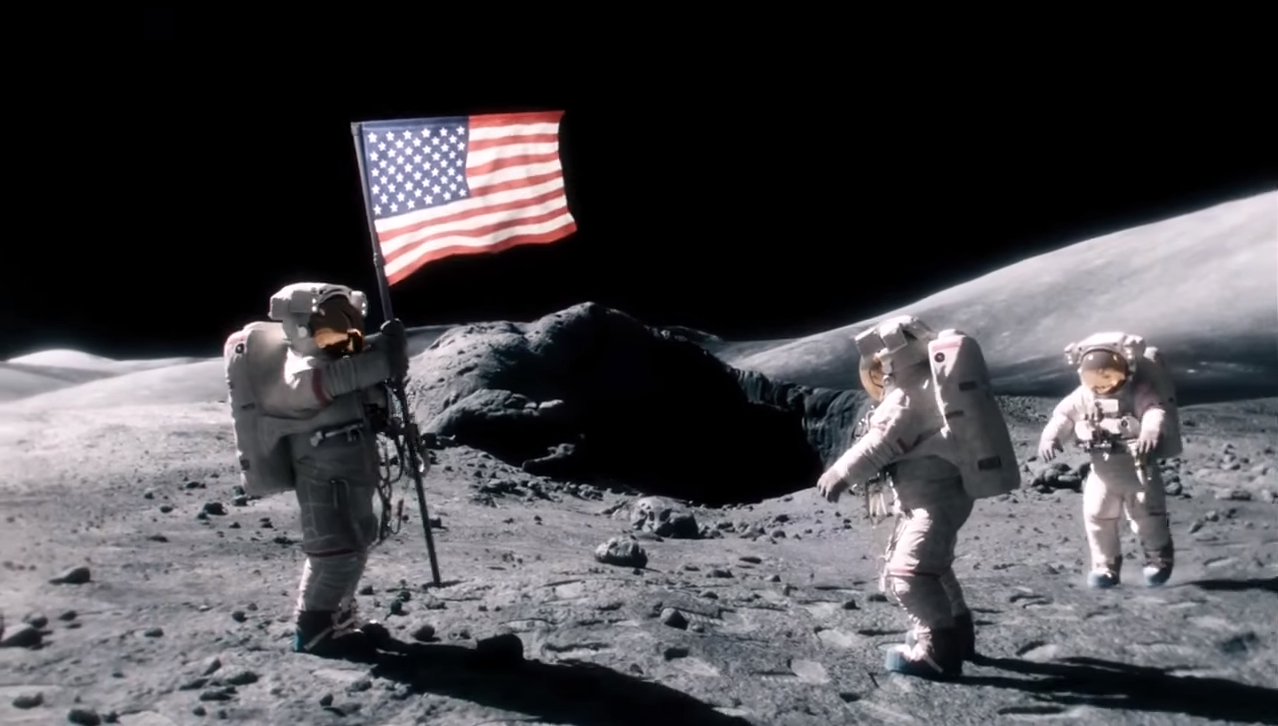
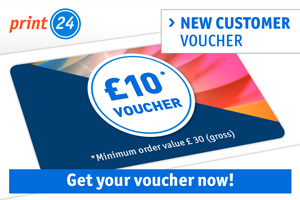
Nice collection of logos plus the explanation you provided together with logos extremely well justified, thanks for sharing these…